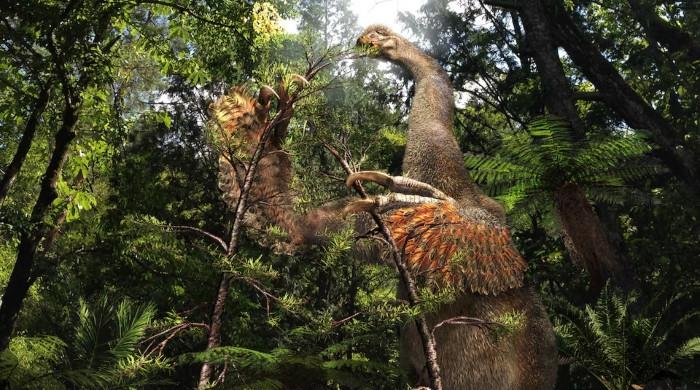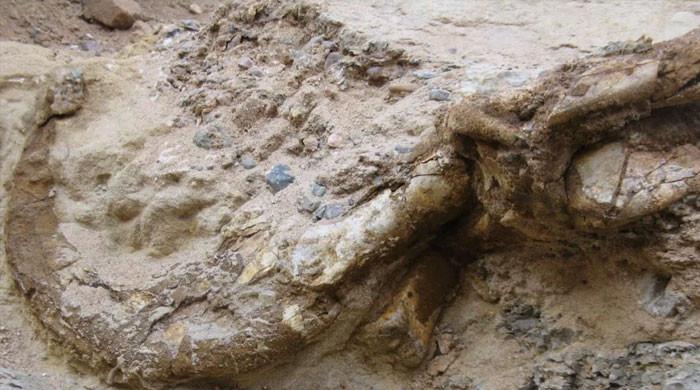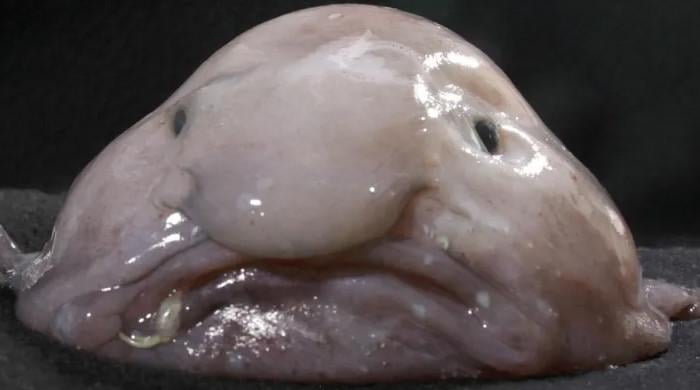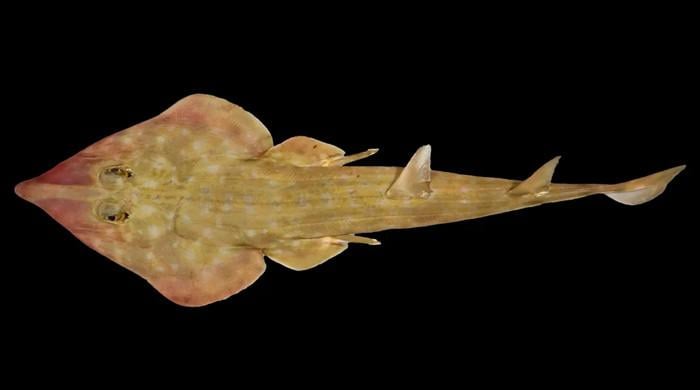Half-billion year old fossil helps in understanding arthropod brains
Creature belonging to Yuti yuanshi species, was discovered with brain preserved
August 01, 2024
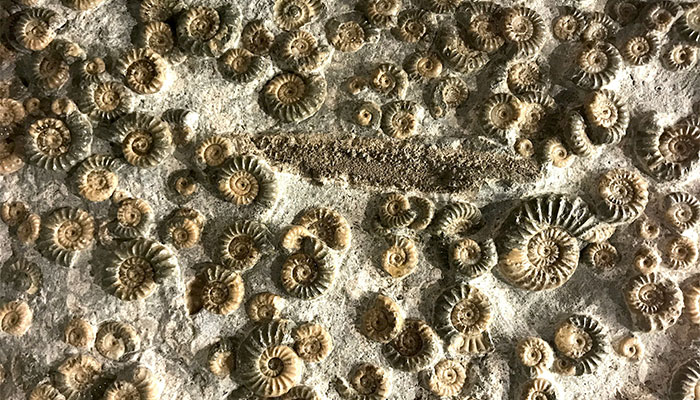
Researchers have discovered a larva fossil and have depicted how the brain of a worm-like creature developed — that lived 500 million years ago.
The creature belongs to a new group of species named Youti yuanshi, according to a new study published in the journal Nature on July 31.
The Youti yuanshi were inhabitants of the Cambrian seas over half a billion years ago and helped pave the way for arthropods like insects, spiders and crabs.
Despite being ages old and small in size — as it died earlier in its developmental process — the fossil discovered is so well preserved that explains the evolution of the arthropod brains.
Lead author of the study Martin Smith, an associate professor in palaeontology at Durham University in the UK stated, "When I used to daydream about the one fossil I'd most like to discover, I'd always be thinking of an arthropod larva, because developmental data are just so central to understanding their evolution but larvae are so tiny and fragile, the chances of finding one fossilised are practically zero — or so I thought!"
The fossil was found by a team of researchers from the Yunnan Province in China in the Yu’anshan rock formation.
The researchers then took the fossil and scanned it with X-rays to create 3D prints and images of the creature’s structure. They found a brain, and a circulatory system, including nerves that would presumably serve the organism's legs and eyes.
"I already knew that this simple worm-like fossil was something special, but when I saw the amazing structures preserved under its skin, my jaw just dropped — how could these intricate features have avoided decay and still be here to see half a billion years later?" Smith further stated.
The researchers are not sure how the living being was preserved by nature for so long but they found that its soft tissues were replaced with phosphate. Smith told Live Science that the water must have had high levels of phosphorus leading to the preservation of the small creature in the rock.
The creature’s cells were converted into phosphorus minerals allowing the researchers to see more of the early development of the animals’ anatomy than they normally could.
Researchers were able to find a region in its brain that would later help in developing a head with antennae. The creature could have also become a predator animal.
"As the arthropod brain has developed, that's allowed arthropods to exhibit much more complicated behaviours and even more complicated morphologies," Smith said.
This "led to their rapid rise in diversity, which they've maintained to the modern day," he added.




